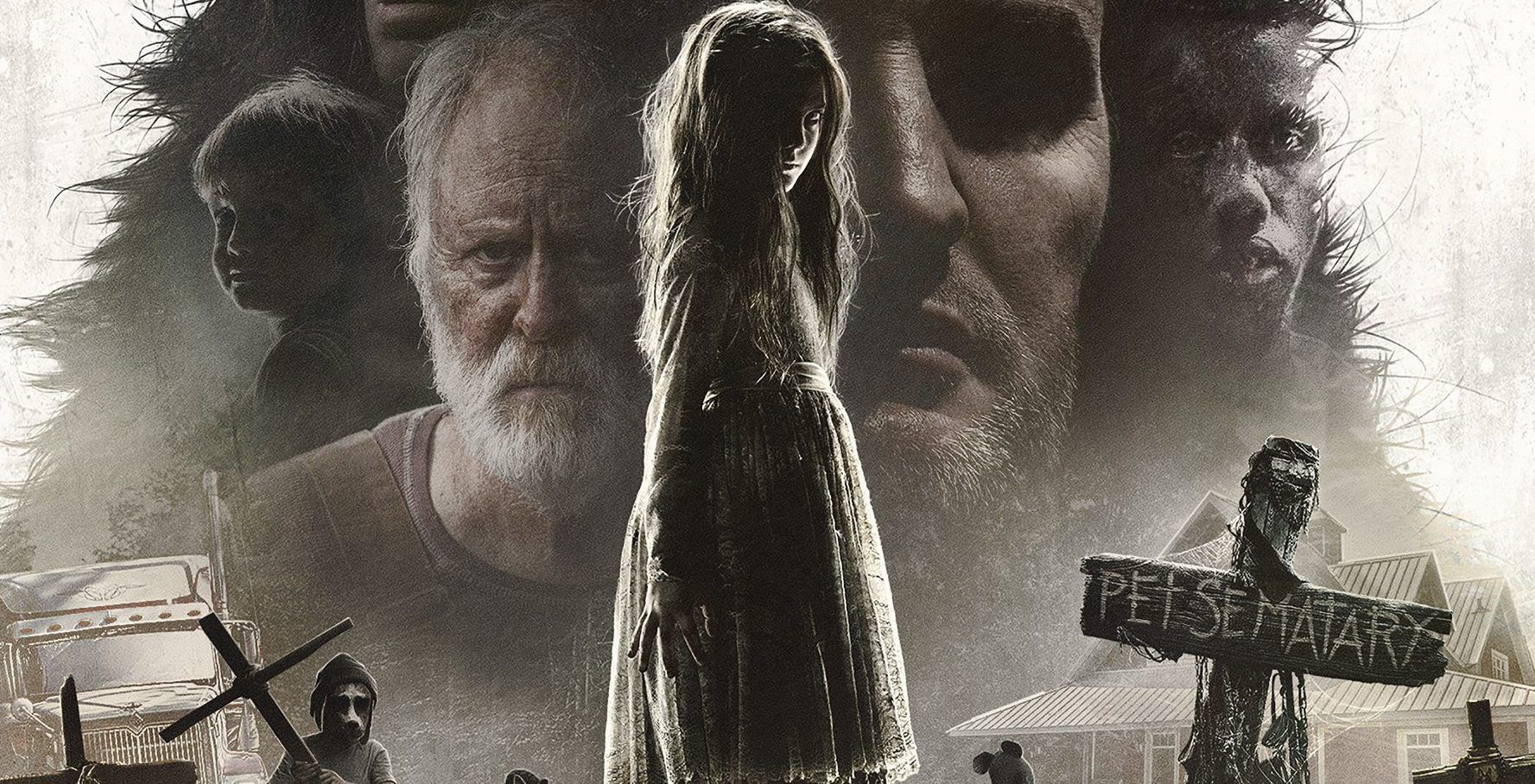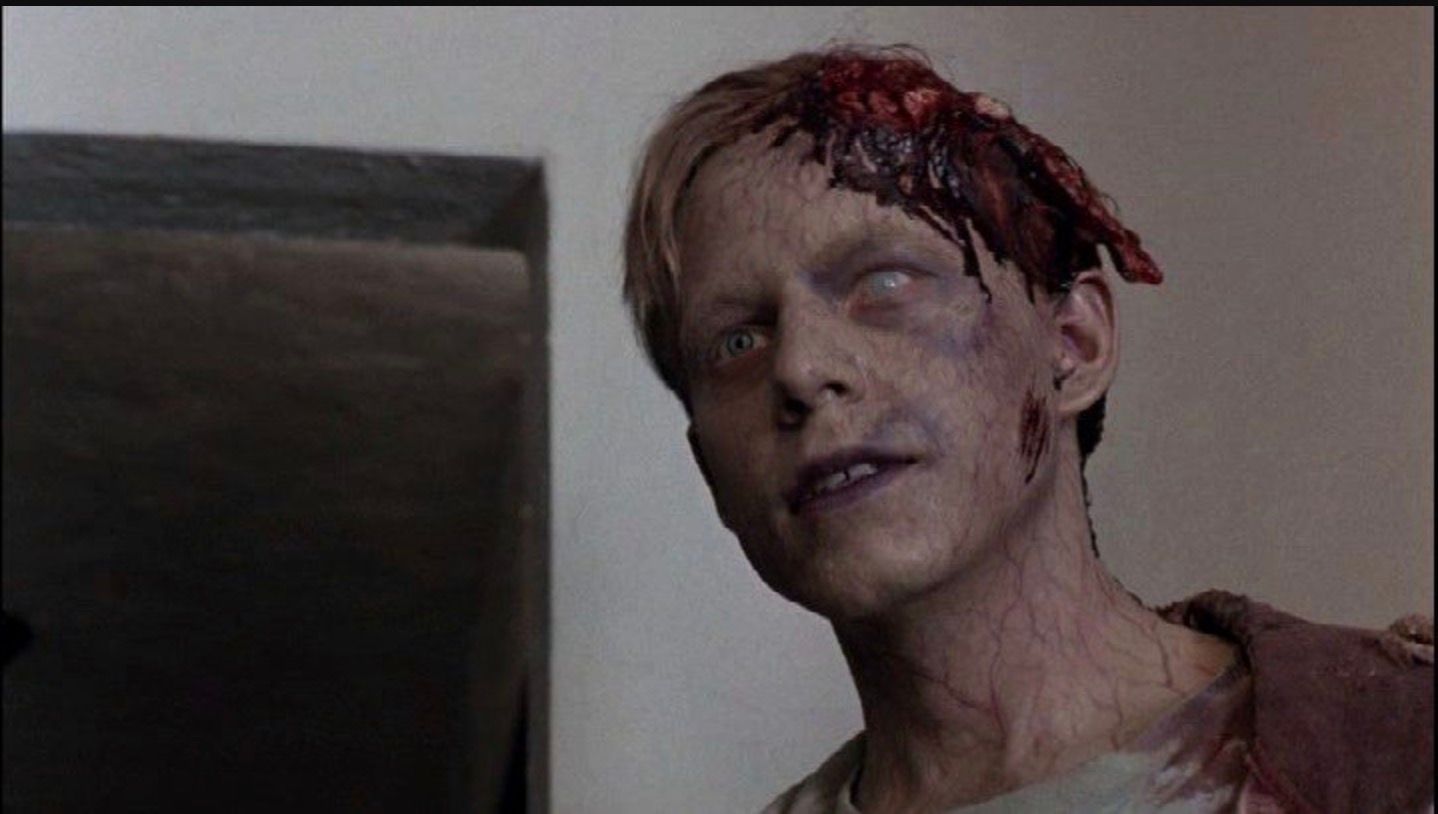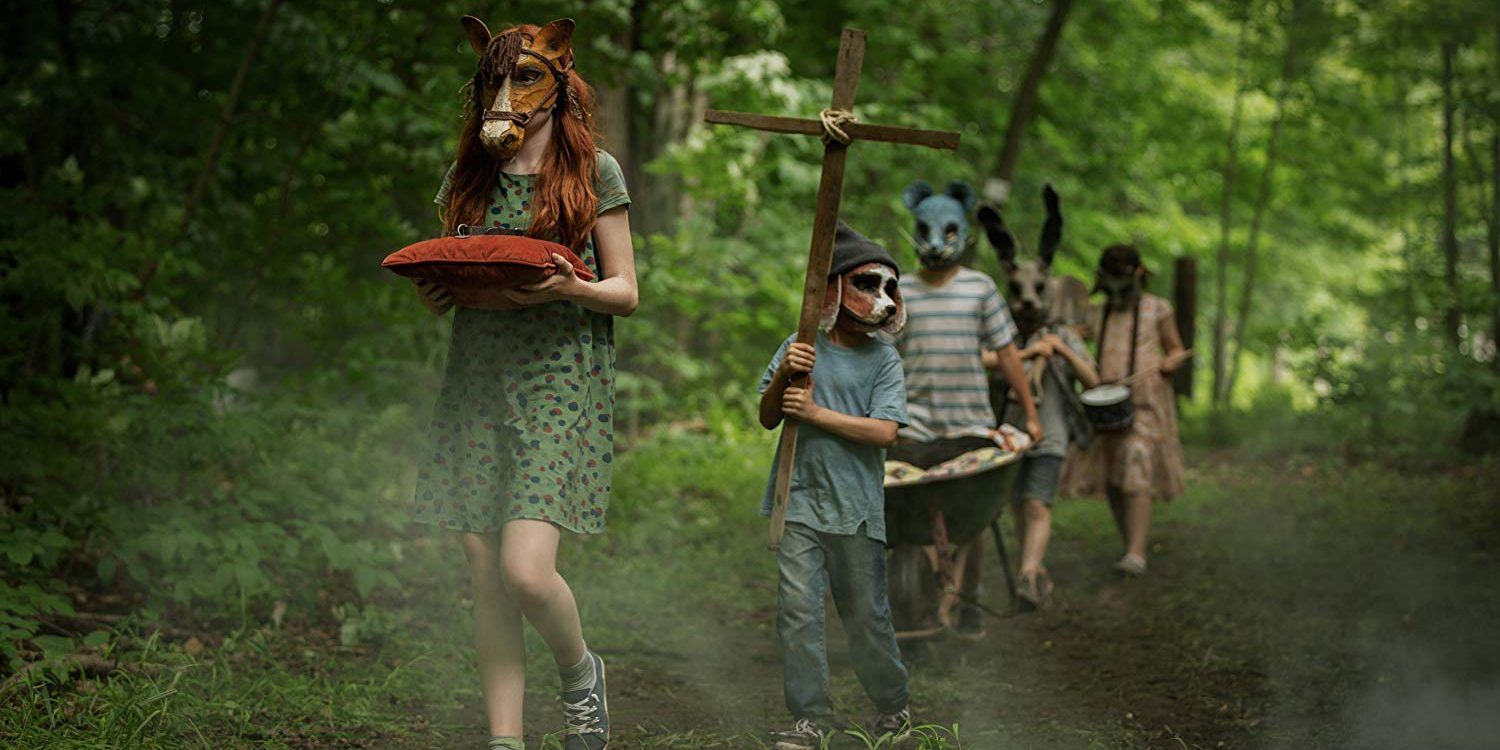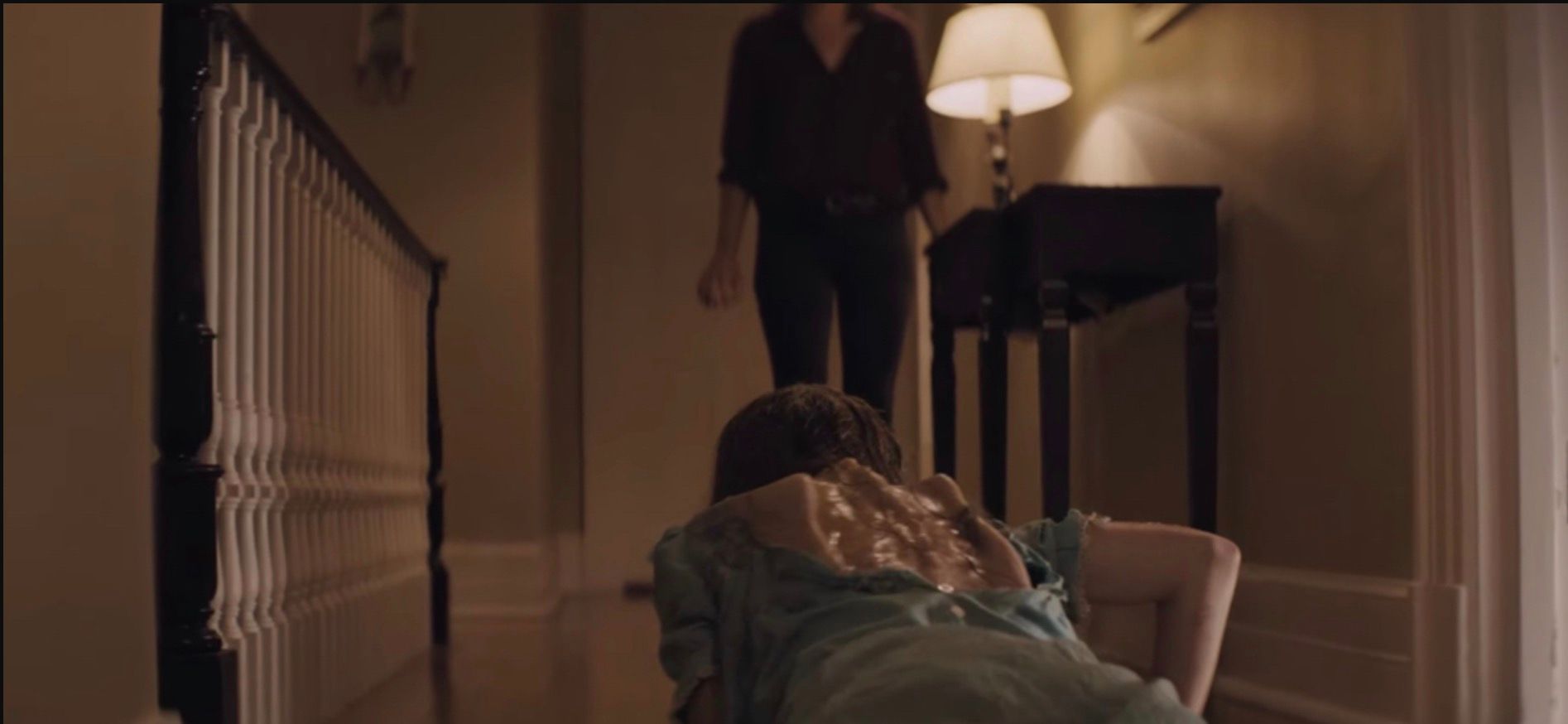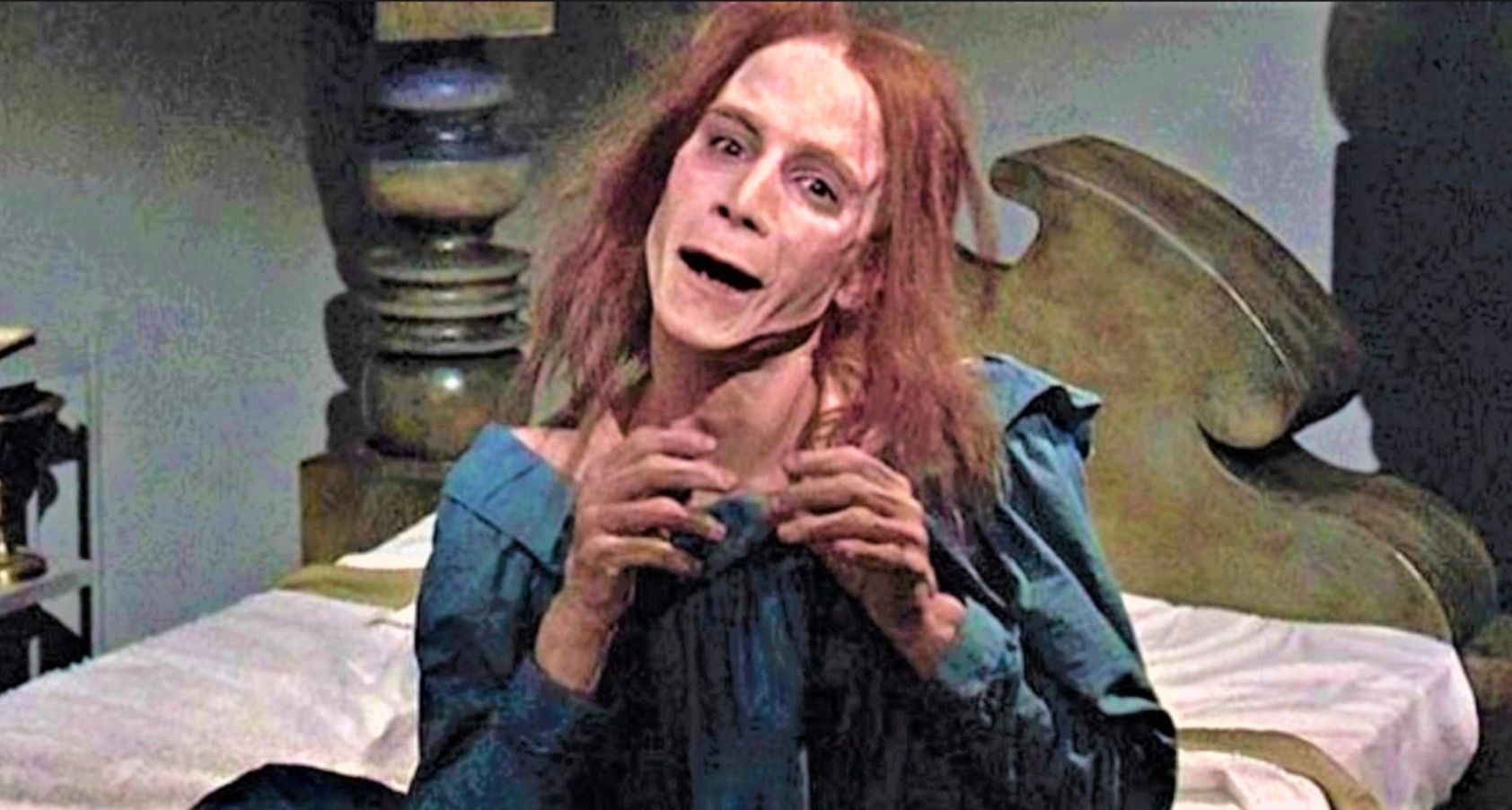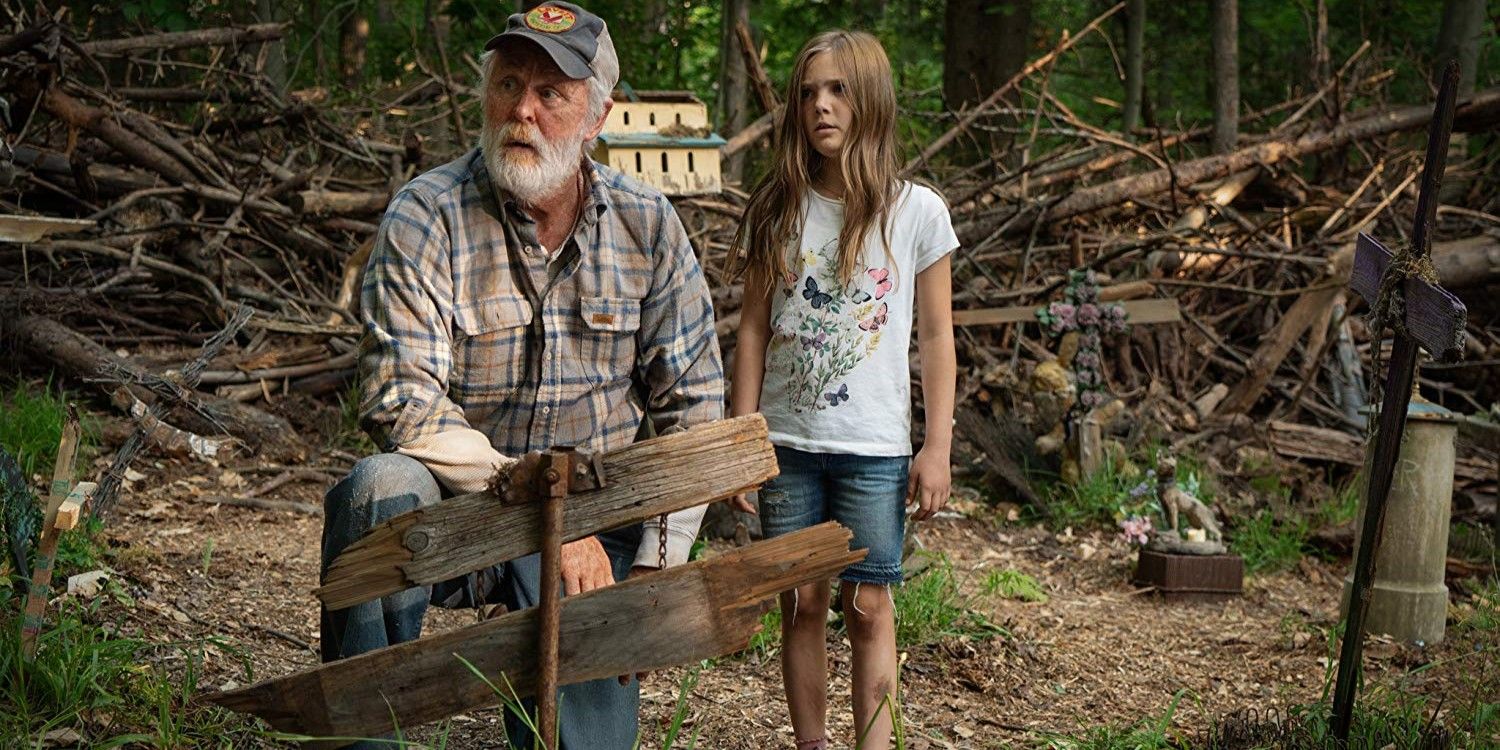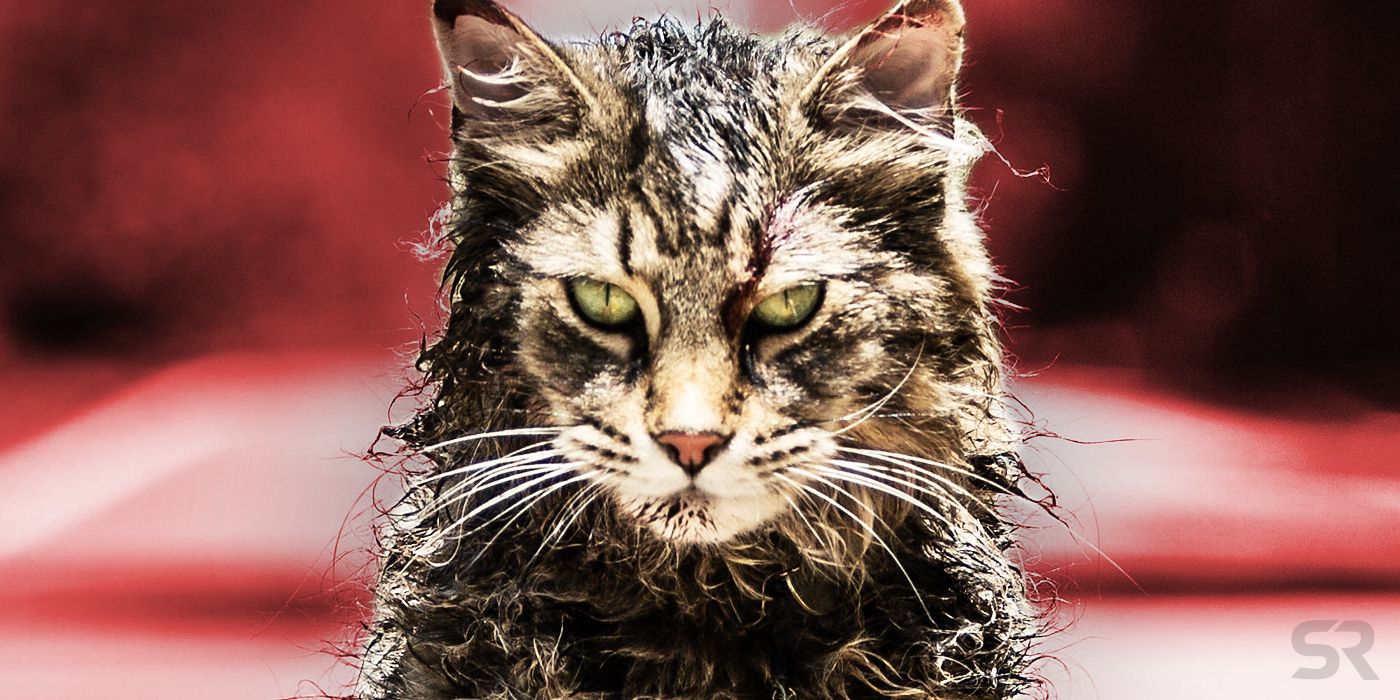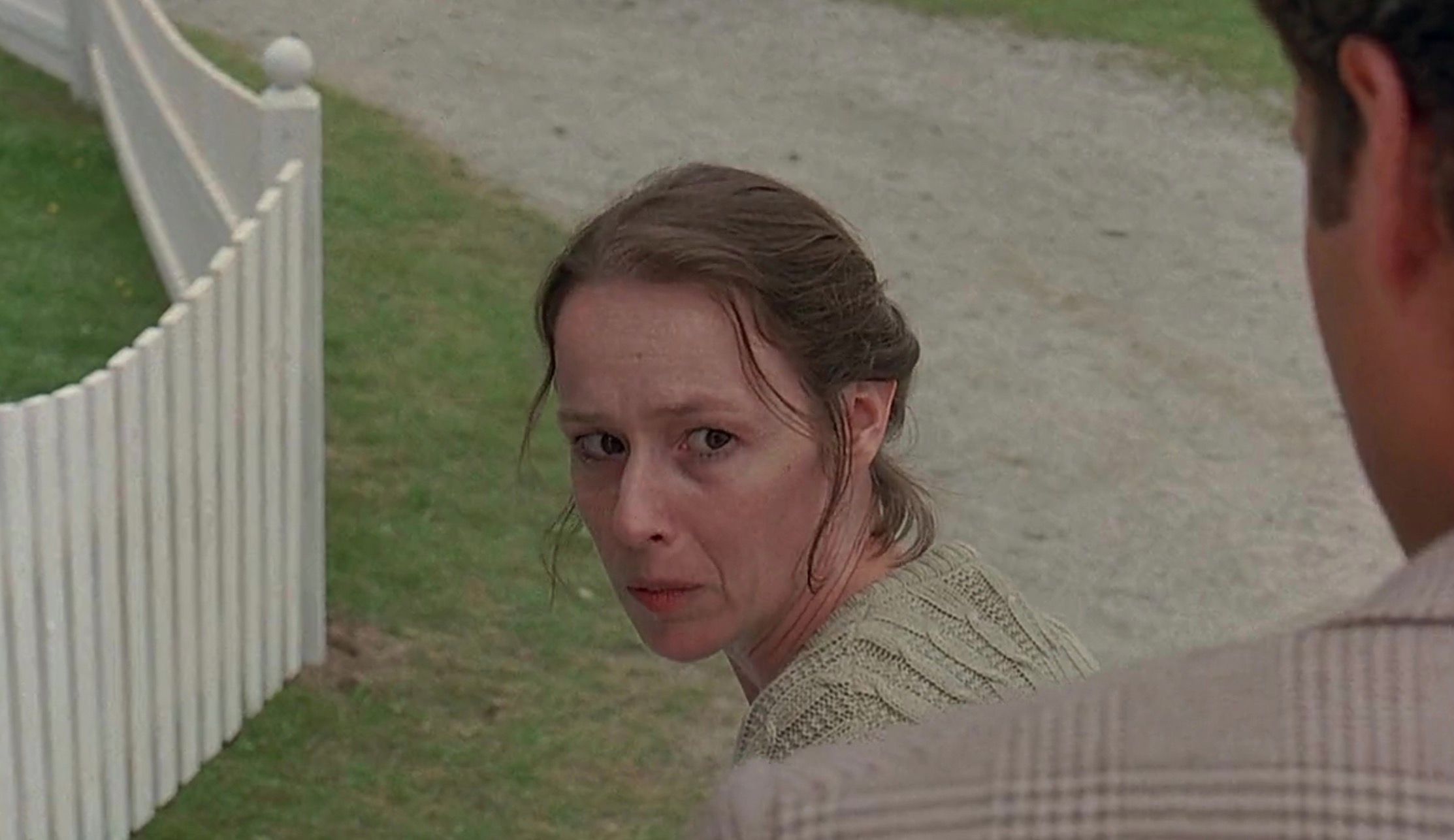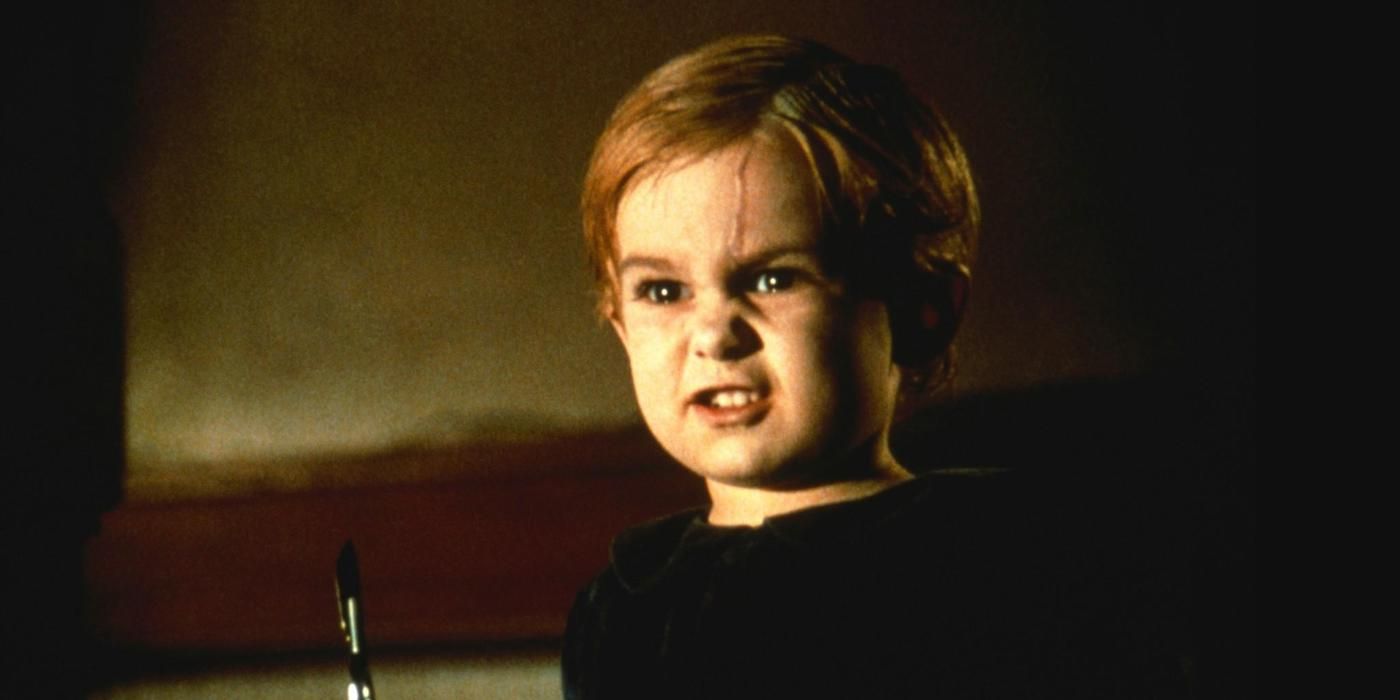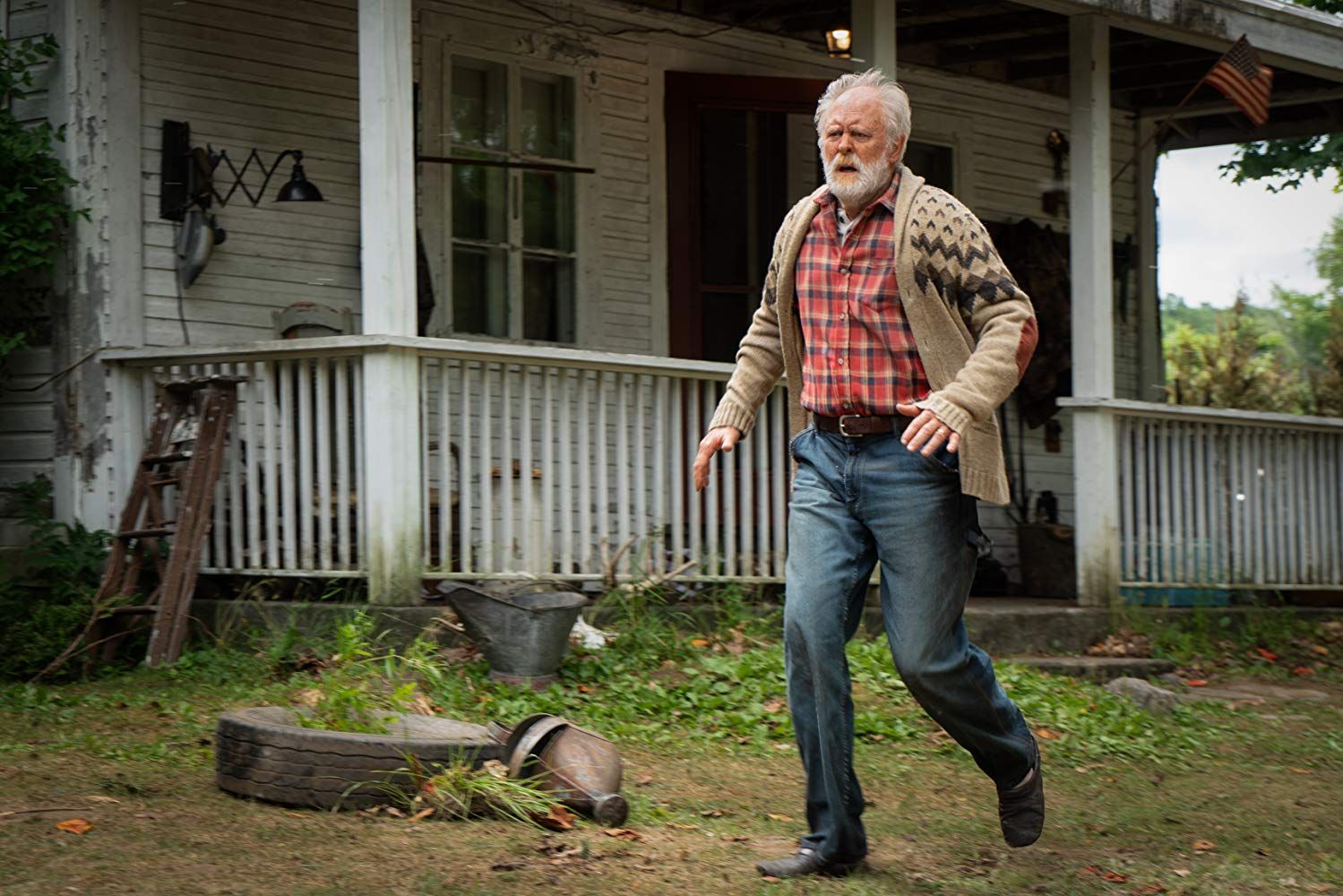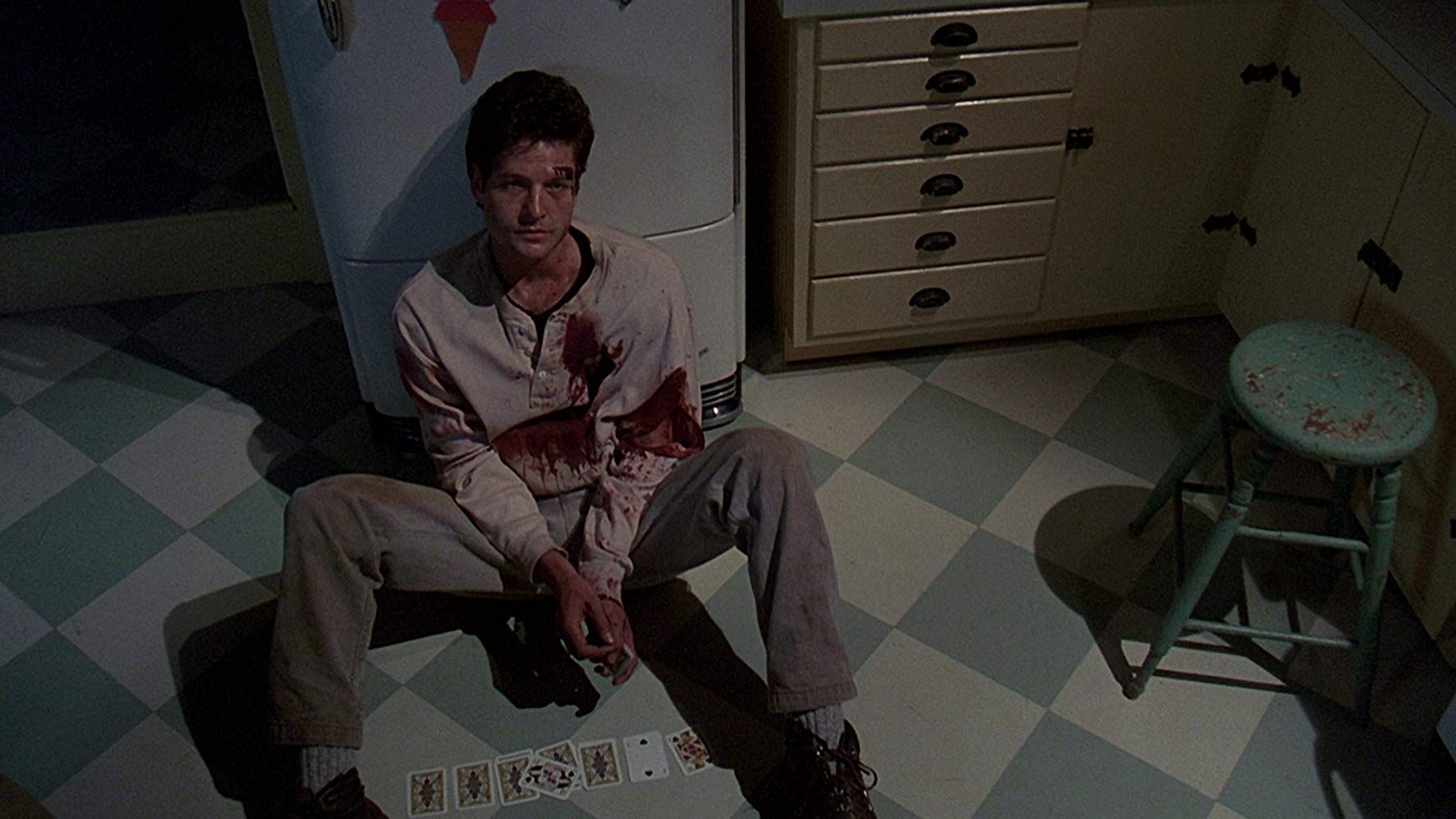Pet Sematary just came out this weekend which means everyone searching for tickets on Fandango is going to want to throw their phones at the wall. Don’t believe us? Just go ahead and see how many times auto-correct will change "sematary" into "cemetery."
With that said, people are obviously finding a way to go see Pet Sematary. Moreover, there’s a lot of fans of the original film who are completely hyped to see the new version of the movie. Like any remake, there’s going to be a lot of changes. It goes without saying that this list is going into full spoiler territory. Check out the list to see the biggest differences between the 1989 and 2019 Pet Sematary!
Victor Pascow
There’s a reason why some of us choose to pursue a career in film blogging while some people decide to become doctors. One job involves staying at home in your pajamas and the other involves having to stop someone’s brain from falling out of their head. Although Victor Pascow has the same tragic introduction in both the original and the new Pet Sematary, the two films also portray the character differently in a few ways.
One change is that Pascow is certainly a lot more menacing in the new movie. A spirit guide with half of a head is scary in any context, but the 1989 Pet Sematary uses Pascow for comedic relief. There’s a sort of tongue and cheek way Pascow speaks to Louis in that film. Pascow is aware of how crazy it might look for Louis to talk to someone who is ostensibly invisible in other people’s eyes. Comparably, the new Pet Sematary uses Pascow to a horrifically maximum effect. What the new Pascow lacks in comedic edge, he makes up for in how chilling he is in each scene. However, the most noticeable difference is that Pascow has way less screen time in the new film as compared to the original. The 1989 film continuously shows Pascow leading Louis through all of the rules of how the pet sematary actually functions. Even though the new movie has Pascow serving a similar role in the plot, he isn’t in it nearly as much as the previous film. Bottom line is that OG Pascow got jokes for days, but new Pascow is more understandably upset that half of his face is missing.
Funeral March
If there’s a procession of creepy kids carrying a dead animal in front of one’s house, it might be a red flag to immediately relocate. The 1989 film introduces the concept of a magical cemetery a little differently than the new movie. Essentially, the original movie shows Jud pretty much explaining everything to Louis. Although that’s not too far off from the 2019 film, the previous adaptation never indicates how common it is for people to actually bury their pets in the cemetery. The new movie, on the other hand, depicts a group of children with creepy masks playing the drums while carrying their dead pet. This indicates that taking one’s dead animal to the cemetery is either a town ritual or at the very least a well-known legend to the locals.
The original movie makes it look like it’s uncommon for people to bury their pets. Moreover, that film also insinuates that the locals are scared to even go near the cemetery. Regardless of the differences in the two movies, a pet cemetery in someone’s back yard should be a red flag in and of itself to get the heck out of dodge.
Zelda’s Fate
As any child who had watched the 1989 Pet Sematary knows, Rachel’s sister, Zelda, is absolutely traumatizing. Every single scene with Zelda is specifically designed to utterly disturb the audience. The backstory for the character is relatively the same in both the original and new film. Zelda has spinal meningitis and it ends up making her bedridden. The traumatizing part is that when Rachel was a little girl she had been left all alone to take care of Zelda. Rachel’s perception of the situation is what makes it all so scary.
A major change in the new movie revolves around Zelda’s death. The film shows Rachel using a dumbwaiter to send food to Zelda while she’s upstairs. Zelda ends up falling down the dumbwaiter and dying. The original movie is different due to the fact that Zelda dies from her spinal meningitis. There are two different ways Zelda dies, but both are equally scary.
Andrew Hubatsek vs Alyssa Brooke Levine
Raaaaccchhhhellllllll !!!! Sorry, sorry. We couldn’t help ourselves. Here’s a little fact that might blow some minds. Zelda in the 1989 Pet Sematary is actually played by an actor named Andrew Hubatsek. That’s right, Zelda is played by a man. Casting Hubatsek to play the character is actually a genius move. The way Hubatsek’s elongated features move behind his prosthetics are so disorienting that it immediately strikes fear into the viewer.
What’s interesting about Alyssa Brooke Levine’s portrayal as Zelda is that the actress is closer in age to the character she’s supposed to be playing. Levine’s interpretation of Zelda is way more literal than Hubatsek’s take on the character. Considering the fact that Levine is pretty much stationary through the entire film, she’s forced to use her eyes to evoke all of Zelda’s emotion. This iteration of Zelda ends up being more sympathetic than frightening.
Jud’s Introduction
Jud is sympathetic towards people who have lost their loved ones. It’s his Achilles heel one could say. Too soon? Anyway, Jud is a pivotal character in both the original and the new Pet Sematary. Jud is definitely the moral compass of the movie. It might be a fun drinking game to count how many times Jud reiterates the story’s theme. Even though Jud serves the same function in both films, his introduction is a little different.
The beginning of the 1989 movie shows Gage wandering out into the middle of the road. Jud picks up Gage right before he gets hit by an oncoming truck. Louis and his whole entire family are then immediately introduced to Jud. The new film in comparison shows Jud first meeting Ellie inside the cemetery. As a result, Jud initially comes across more menacing than the original film’s version of the character. If a third version of Pet Sematary is ever made, maybe someone can finally tell Jud to wear shoes that cover his whole heel.
Church
Guess it’s true what they say about cats having nine lives. Church is equal parts adorable and horrifying in both versions of Pet Sematary. However, each movie has its own cat breed. Church in the 1989 film is a British Shorthair. The name Winston Churchill is starting to make a lot of sense.
Explain yourself, new Pet Sematary! The 2019 movie uses a Maine Coon to play Church. Interestingly, recent reports have said over 8 cats were used to play Church in the recent adaptation. We pity whoever was on that film set’s litter box duty.
Missy Dandridge
Everyone in Pet Sematary seems to have never heard of a novel concept called the washing machine. Even though the original film takes place in 1989, everyone hangs up their sheets on a clothesline. It’s no wonder why Louis and his family need a maid. Enter Missy Dandridge.
Dandridge never makes an appearance in the new movie even though she’s featured quite a bit in the original adaptation. Although Dandridge’s motivations in the movie are vague, it’s left to assume that she knows about the cemetery’s dark history. Dandridge is not too dissimilar to Pascow in that they both attempt to warn Louis’ family about the cemetery.
Ellie vs Gage
Here’s a theory. The new Pet Sematary’s screenwriter accidentally wrote down the name Ellie each time he was actually supposed to write down the name Gage. Sadly, the movie was too deep into production and there was no turning back. Sorry, the jokes are running on full steam today.
Easily the biggest change in the new Pet Sematary is the fact that Ellie is the child that dies and comes back to life. Conversely, Ellie’s brother, Gage, is the evil kid in the original movie. These changes alter the story in one considerable way. Since Ellie is older, she’s able to comprehend her actions in a way Gage cannot. Also, Gage is like…pint size. It’s always fun to watch pint sized killers.
Jud’s Drink
We’re going to play devil’s advocate here. If you’re going to dig up a dead body, what would be the point of spiking the drink of someone who knows absolutely nothing about your scheme to dig up a dead body? Regardless, the new Pet Sematary depicts Louis spiking Jud’s drink. According to the film’s logic, the reason Louis does this is because he fears Jud might get in the way of his plan to dig up Ellie.
The original movie shows Jud basically drinking himself into a self-induced coma while Louis retrieves Gage’s dead body. Well, maybe not a literal coma. Jud wakes up later and then dies. Which is kind of like a permanent coma.
The Ending
Who would have thought this movie ended with the mom and son actually being one of the tethered? Wrong movie, we think. In reality, the 1989 movie ends with Gage dying and Rachel coming back to life. Rachel murders Louis, leaving Ellie to be the only survivor.
The new film, on the other hand, ends with zombified versions of Louis, Ellie, and Rachel marching towards Gage. Our prediction is that Gage escapes and defeats them all with baby kung-fu.

